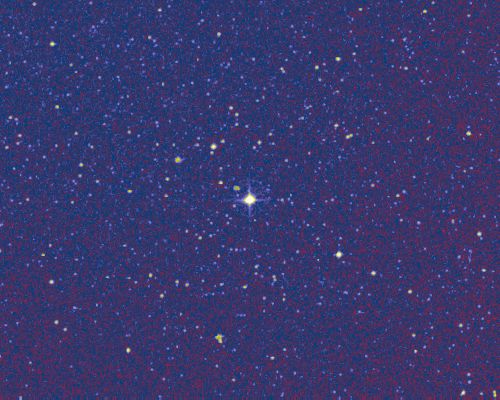
A new study reveals that Gliese 710, a star in the constellation Serpens Cauda, could lead to comet shower during a close encounter with our solar system and prove to be extremely destructive for Earth, leading to cataclysmic events in a million years.
Gliese 710 is expected to pass through the Oort cloud 1.35 million years from now, which is expected to be the closest encounter with our solar system.
UFO sightings: How to track appearances of aliens using apps and web
Now, scientists say that the star has chances of being more destructive than earlier estimated.
One AU is equal to the distance between Earth and Sun, which is equal to approximately 1.94 kilometres (1.2 trillion miles).
Currently, Gliese 710 is 64 light years away from Earth with its path being directed towards the planet. It is estimated that this dangerous astronomical event would take 1.35 million years to occur, but astronomers are carrying out further research about it, Forbes reported.
Gliese 710 is likely to travel through the Oort cloud, which is spherical in shape with cometary bodies which are made up of ice and rock. The rocks present in the outer layer can be impacted severely when the star passes by the Oort cloud.
Astronomers Filip Berski and Piotr Dybczński from Adam Mickiewicz University, Poland used data collected by Gaia space observatory of the European Space Agency and stated: "[This] event [will be] the strongest disrupting encounter in the future and history of the solar system."
As per the guesstimation of the astronomers, Gliese 710 is likely to be much closer to our solar system than it was earlier calculated. This event is likely to coincide with a meteor shower and cause severe destruction on Earth, Gizmodo reported.
The star is believed to be seen as the brightest and fastest object in the night sky as it gets closer to our solar system.

















